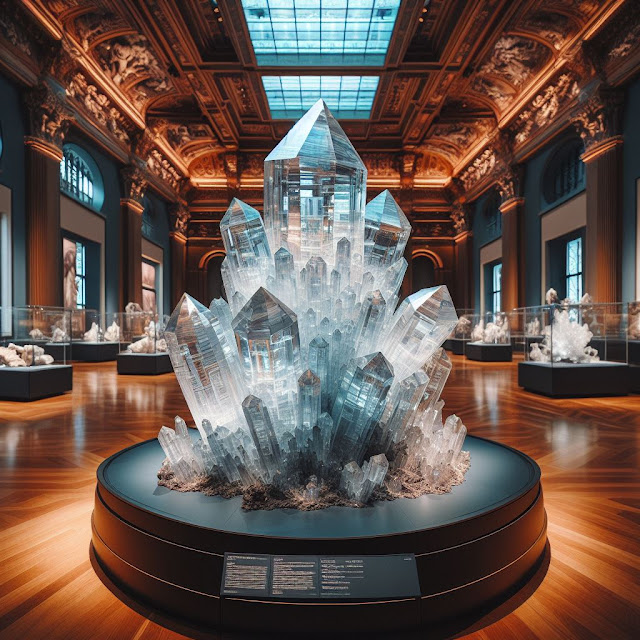We humans are carbonates; all animals and all plants are carbonates. Carbon-based life forms. Carbonates are carbon and oxygen and make up the living world, the biosphere. Coal and petroleum are carbonates, fossils left behind by previous life forms. Diamonds are pure crystalline carbon but are not carbonates. No matter what you've seen in Superman comics, you can't make diamonds out of coal no matter how much pressure you apply - the oxygen in carbonate coal keeps fucking things up.
Silicates are the mineral world. Silicates (silicon oxide, with few or many additional elements), are the most common minerals on Earth and make up most of the crust. Silicates are the mineral world, the rocks and mountains and continents on which we live.
The rest is essentially water. There is water in carbonates; 60% of the human body is composed of water and you can argue that we're more aqueous than carbonate. There is water in silicates, although not in liquid form, but as hydrogen and oxygen bound with the silica and other elements in the silicate minerals. Water is the oceans, the rivers, and the rain covering the Earth. Our blood is essentially water and even more specifically ocean water - at some point in evolution, animals chose to carry ocean water inside their veins rather than living within the oceans. I've dedicated my life and career to water - specifically as a groundwater hydrogeologist. This blog is named for water.
Quartz is a mineral composed almost entirely of silica. Today is Quartz Day according to the Universal Solar Calendar, the third and last day of the year, after Basalt Day and Granite Day, named after a rock or mineral (we didn't observe Granite Day here at WDW due to the passing of Phil Niblock, RIP). There is quartz in basalt and there are abundant amounts of quartz in granite. There is quartz almost everywhere. The sand on beaches and in deserts is mostly quartz, and you can say quartz is as common as grains of sand.
Add iron to silica and you have rose quartz. The German name Rosencrantz, as in Rosencrantz and Guildenstern Are Dead, is derived from rosenquarz, the German term for rose quartz. Add some aluminum and either sodium or potassium (or both) to silica and you have feldspar. As far as I know, no plays have been written about characters named for feldspar, although the name does come from the German term for "field stone." Add lithium to silica and you have spodumeme, a term not generally well known among English lit majors but one that's still fun to say. "Spodumeme."
Micas are silicates. Serpentine and other asbestos minerals are silica. Gemstones like garnets and agates and opals are silicates. There are tectosilicates, and cyclosilicates, and phyllosilicates. There are even neosilicates, which sounds like a suspicious fringe group of radical silicates warranting closer investigation.
Without those other elements, almost all solids on Earth's crust would be crystalline quartz, and our world would look like those fantastical Roger Dean landscapes with huge quartz crystals jutting up into the blue sky.
The point I'm trying to make here is silicates are the most common minerals in the Earth's crust, and silicates are basically quartz or quartz with some extra added ingredients. Old Angus MacLise knew what he was doing when he named the 10th day of the year in the Universal Solar Calendar for quartz, the most ubiquitous substance on the planet. Ten is the Pythagorean symbol of perfection or completeness. A Perfect Ten is, well, a perfect ten. We use Base 10 mathematics and quartz is the base mineral for that which is not carbonate or water.
Also, are we really only 10 days into January? Feels like much longer.


No comments:
Post a Comment